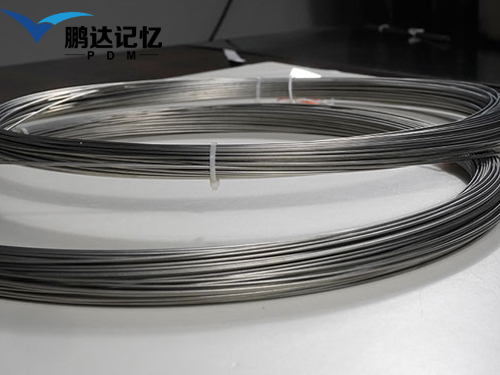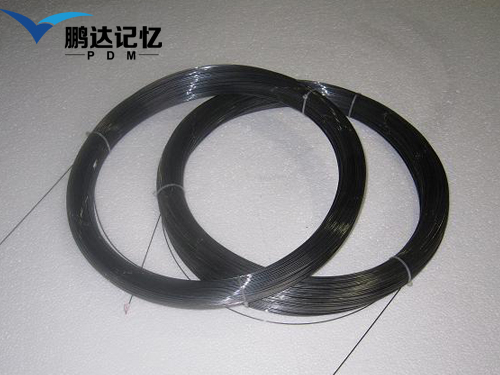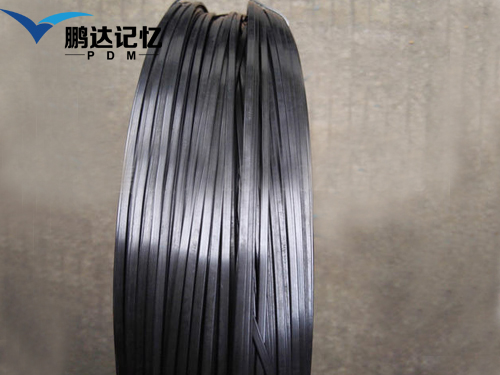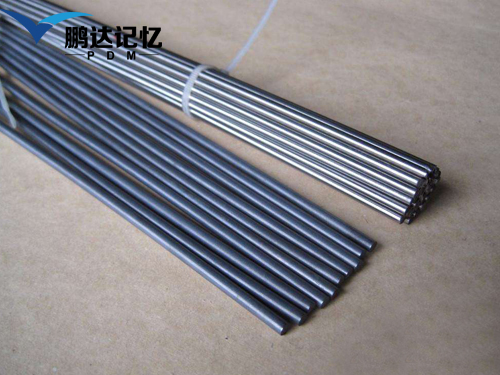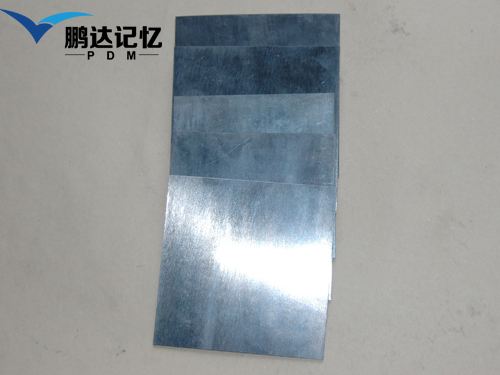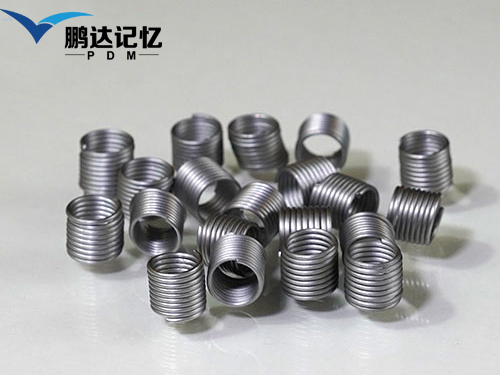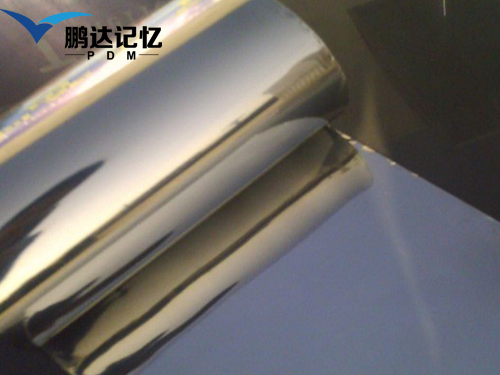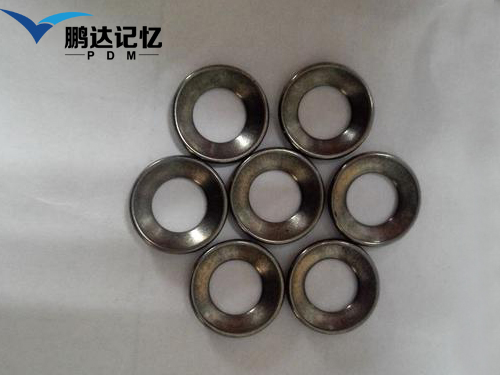What is the role of Nitinol storage wires in medical devices?
1. Corrosion resistance
The corrosion resistance of niti wire is similar to that of stainless steel wire.
2. Resistance to poison
The special chemical composition of the nickel-titanium shape memory alloy is that it is an atomic alloy, such as nickel-titanium, which contains about 50 percent nickel and is known to cause and promote cancer. In general, titanium oxide ACTS as the barrier layer on the surface, so that Ni-TI alloy has good biocompatibility. TiXOy and TixNiOy of the surface layer could inhibit the release of Ni.
3. Gentle correction ability
Current dental and orthopedic wire applications include austenitic stainless steel wire, cobalt-chromium-Nickel wire, nickel-chromium wire, Australian wire, gold wire, and titanium alloy wire. The load-displacement curves of these orthodontic wires under the conditions of tensile test and three-point bending test.
4. Good shock absorption characteristics
The greater the vibration of the arch caused by chewing and night grinding, the greater the damage to the root and periodontal tissue. Different attenuation experiment results show that the vibration amplitude of stainless steel wire is greater than the hyperelastic nickel titanium wire vibration amplitude, and initial hyperelastic nickel titanium wire vibration amplitude is only half of stainless steel wire, so has good vibration and shock absorption of gender is very important to dental health, the bow of traditional (e.g., stainless steel wire) will increase root absorption.
5. Super elasticity
Elastic superelasticity refers to the phenomenon that the strain of the sample under the action of external force is much larger than the elastic limit strain, which can be automatically recovered when unloading. In other words, in the parent phase state, due to the effect of applied stress, stress-induced Martensitic transformation occurs, so the mechanical behavior of the alloy is different from that of ordinary materials, and its elastic limit is much larger than that of ordinary materials, and it no longer obeys Hooke's law. In contrast to shape memory properties, hyperelasticity does not involve heat. In short, hyperelasticity means that within a certain range of deformation, the stress does not increase with the increase of strain. Hyperelasticity can be divided into linear hyperelasticity and nonlinear hyperelasticity. The stress and strain of the former are almost linear in the strain curve. The nonlinear hyperelasticity is the result of the stress induced martensitic transformation and its inverse transformation in the loading and unloading process in a specific temperature range above Af. Therefore, nonlinear hyperelasticity is also known as phase transition quasi-elasticity. Nitinol alloys have a quasi-elasticity of about 8%. The superelasticity of Nitinol alloy can be changed with the change of heat treatment conditions. When the wire is heated above 400℃, the superelasticity begins to decline.
6. Sensitivity to oral temperature changes: stainless steel wire and CoC
The orthodontic ability of alloy teeth is not affected by oral temperature. The orthodontic ability of high elastic Nitinol floss varies with the change of oral temperature. When the deformation is constant. The orthodontic capacity increases with the increase of temperature. On the one hand, it can accelerate the tooth movement, because the temperature change in the mouth will stimulate the treatment device to produce blood flow in the stagnant area of blood flow that leads to capillary stagnation due to orthodontics, so that repair cells can get sufficient nutrition during the tooth movement to maintain its vitality and normal function. On the other hand, orthodontists cannot accurately control or measure orthodontics in the oral environment.

 current location:
current location: